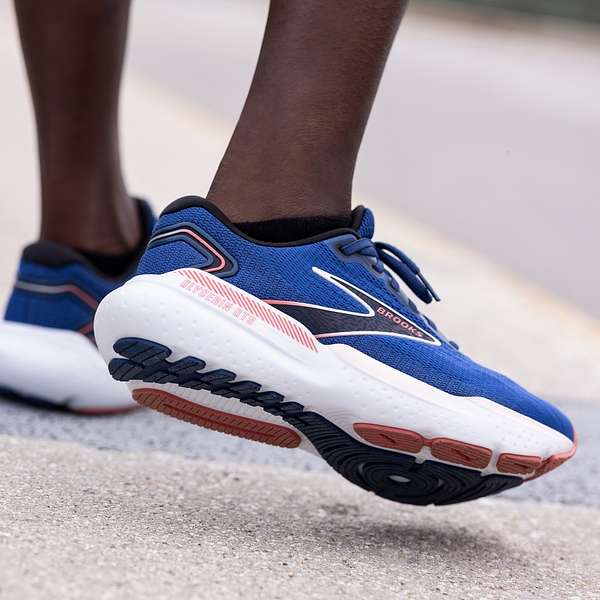
The Run4It Podcast
Taking a broad but relaxed look at the world of running from the perspective of Run4It - one of the UK's leading specialist running retailers. We're bringing the latest news, gear reviews and interviews to help inspire runners of all abilities to improve their fitness, health, and wellbeing through running. If you want to get in touch to ask questions, give feedback or are interested in being on the show you can reach us at thepod@run4it.com.
The Run4It Podcast
Understanding Pronation & Picking Shoes
•
Run4It
•
Episode 52
What is pronation? Are you an "overpronator" or an "underpronator"? How does it affect shoe choice?
In this episode, Finlay and James try to answer common questions and dispel common misconceptions about foot pronation and biomechanics – looking at the importance of the gait analysis process in finding the right running shoes.
Episode info starts at 09:56
Key takeaways:
- Pronation is simply the rolling inwards movement of your foot when it strikes the ground, and your body's natural shock absorption mechanism.
- Pronation is a normal movement for runners and not something to be feared or demonised.
- The degree to which you pronate should not be considered as "good", "bad", "normal", or "abnormal". Everyone’s feet pronate to a different degree and it's about finding running shoes that provide the right level of cushioning and support for you, and the type of runs you'll be using them for. (16:14)
- Having the right level of support should improve comfort and lower the chances of overuse injuries.
- While all neutral running shoes offer some degree of support, stability running shoes feature additional supportive structures that actively reduce greater ranges of pronation and leg rotation.
- Stability running shoes are not all the same. They are made with different types of added support (typically classic medial post style support, or more holistic guide rail style support) and the type of stability shoes you'll benefit from depends on where in the body/kinetic chain you experience instability - be that in the lower leg/ankles or knees/hips. (26:30).
- Understanding your natural gait cycle is one factor in shoe selection. Other important factors include the shape of your foot, the type of cushioning experience you want, and the type of runs the shoes are intended for. To provide an example, soft cushioned shoes will feel great at slow to steady paces, but will likely lack the energy return needed to help you run faster. Having different shoes in your rotation to serve the different purposes of your runs is extremely beneficial.
- Carbon-plated super shoes typically don't feature additional supportive structures (39:05), so if you usually wear stability running shoes, we'd recommend:
- trying different models to find one that complements your foot shape;
- going for a training-oriented plated model (such as the Nike Zoom Fly or Saucony Endorphin Speed) before opting for a flat-out racing shoe;
- and introducing super shoes gradually into your running routine.
- The level you pronate is unlikely to be the root cause of injury, and nor is the "wrong" shoe. Ensuring you're gradually increasing your training volume/intensity to avoid overloading is a primary factor in injury prevention.
For further information, check out our Journal article on choosing between neutral and stability shoes.
Book an in-store appointment for +runlab analysis and shoe fitting at run4it.com/book. Or check out the shoe advice page on our website.
To get in touch, email: thepod@run4it.com.